
If one hasn’t gotten their fill of Harry Potter by reading the newly-published seventh and final book in the series or going out to see the film version of the fifth book, Harry Potter and the Order of the Phoenix, one can plan a marathon showing of the first four films on DVD, Harry Potter and the Sorcerer’s Stone, Harry Potter and the Chamber of Secrets, Harry Potter and the Prisoner of Azkaban and Harry Potter and the Goblet of Fire or having gotten one’s fill of Harry Potter but not of the stars of the films, seek out films with those stars.
Certainly the supporting casts of the Potter films have left a wide range of films, some of them going back 50 years, but what of the young stars? Emma Watson (Hermione Granger) so far hasn’t done anything outside of the series, but Daniel Radcliffe (Harry) and Rupert Grint (Ron Weasley) have.
Radcliffe’s first starring role was in the 1999 TV mini-series, David Copperfield, recently re-released on DVD along with various other well made television productions of literary works by Charles Dickens and other authors.
The definitive David Copperfield will always be George Cukor’s 1935 version in which every actor looked as though they were born to play their parts. It had been filmed three times before and ten times since, with yet another version in development for theatrical release next year.
Next to the Cukor, my favorite version is British director Simon Curtis’ splendid production with young Radcliffe, the best young David since Freddie Bartholomew. Even then, at the tender age of 9 with no long term career ambitions, you could see the makings of a future superstar in the way he more than held his own against an experienced cast. Two-time Oscar winner Maggie Smith (The Prime of Miss Jean Brodie, California Suite), who plays Professor Minerva McGonagall in the Potter films, won BAFTA and Emmy nominations for her spot-on portrayal of Aunt Betsey Trotwood, a performance that stands shoulder to shoulder with the brilliant work of Edna May Oliver in the Cukor version. Bob Hoskins (Mona Lisa, Who Framed Roger Rabbit), Smith’s co-star in The Lonely Passion of Judith Herne, is excellent as well, even managing the next to impossible feat of blotting out memoires of W.C. Fields’ Micawber in the Cukor version.
Radcliffe more recently appeared on stage in a well-received London production of Equus, the 1977 version of which is on DVD featuring the Oscar-nominated performances of Richard Burton (Becket, The Night of the Iguana) and Peter Firth (Mighty Joe Young, The Hunt for Red October), the latter in the role reprised by Radcliffe.
Thus far Rupert Grint is the only one of the three stars to have a separate showcase in a more recent film. In Driving Lessons, Grint plays a character obviously molded after first time director Jeremy Brock, the award-winning screenwriter of Mrs. Brown and The Last King of Scotland.
Grint plays the shy, complacent and compliant son of a British vicar and his domineering wife,played by two-time Oscar nominee Laura Linney (You Can Count on Me, Kinsey) in full bitch mode. His life changes for the better when he learns to be independent under the spell of the aging actress he goes to work for. She’s played by two-time Oscar nominee Julie Walters (Educating Rita, Billy Elliot), Grint’s mother in the Potter films, in a nicely controlled performance that never goes over the top. The inevitable showdown between the two women doesn’t quite result in the fireworks display one hoped it would, but is instead sweet and endearing like most of the film. This is one of the best coming-of-age films in a long time with two superb performances, those of Grint and Walters.
A coming-of-age story of quite a different stripe is Jean-Pierre Melville’s film of Jean Cocteau’s Les Enfants Terrible, being given the full Criterion Edition treatment.
Melville, later director of the dark Bob le Flambeur and Le Samourai, may seem like a strange choice to direct a film taken from a novel by sensualist Cocteau (The Blood of a Poet, Beauty and the Beast), but Cocteau, then in his 60s, felt his novel about young people required a young director so he gave it to 32-year-old Melville who had then directed only one film. Cocteau, though, wasn’t about to give up complete control. He reportedly stood over Melville’s shoulder during most of the shoot and even does the voice-over narration. The one thing Cocteau disagreed with Melville on was the casting of a young woman as the film’s narcissistic villain. I agree. The casting is as disconcerting as Mel Gibson’s use of a woman to play the devil in The Passion of the Christ.
The commentator on the DVD, whose plot elements I won’t give away, is Gilbert Adair, who was so obviously fascinated with the film that he borrowed chunks of it for his screenplay for Bernardo Bertolucci’s The Dreamers (2003).
The Oscar campaign for Sienna Miller (Alfie, Casanova) as 60s legend Edie Sedgwick in Factory Girl burned brightly for a while last fall but just like her doomed character, it didn’t last long. It’s not that she isn’t good, it’s that she’s as overshadowed by the actor playing Andy Warhol as the real Sedgwick was by the real Warhol.
Warhol has been a character in films before, most notably in Mary Harron’s I Shot Andy Warhol (1995) and Julian Schnabel’s Basquiat (1996), but as good as Jared Harris and David Bowie were in those films, neither got as deeply into the soul or maybe, soullessness, of Warhol the way Guy Pearce (The Adventures of Priscilla, Queen of the Desert, The Proposition) does.
The film is a companion piece to those earlier works, but suffers a bit from the miscasting of Hayden Christensen as an emerging singer-songwriter whose real name couldn’t be used. Not since Evelyn Keyes “didn’t play” Ruby Keeler in The Jolson Story has it been so obvious who a major character is supposed to be, but suffice it to say you’ll be thinking of Blonde on Blonde a lot when you see him.
Two supporting performances in the film that really stand out are those of Illeana Douglas (Grace of My Heart, Happy, Texas) as Diana Vreeland and Edward Herrmann (TV’s Eleanor and Franklin, The Aviator) as the Sedgwick family lawyer.
A factory of another sort figures in the title of Warner Bros.’ Musicals from the Dream Factory, Vol. 2. The dream factory is, of course, MGM and the musicals include a potpourri of styles and content unlike any other collection yet released. There is a pirate musical, a biopic, two films celebrating opera, two showcasing the movies’ greatest hoofer and one featuring a collection of dance numbers from the first sixty or so years of Hollywood sound film.
A critical and commercial failure in its day, 1948’s The Pirate, directed by Vincente Minnelli (An American in Paris, Gigi) and starring Judy Garland (Meet Me in St. Louis, The Clock) and Gene Kelly (Singin’ in the Rain, It’s Always Fair Weather), has grown in affection with both critics and the public in the 60 years since it was made.
A troubled production from the start, the film is based on a 1911 play updated for Broadway in 1941. It went through numerous re-writes before the MGM brass decided to turn it into a musical and hired Cole Porter to write the songs. The finished product is from the second completed musical screenplay. The film was completed in 1947 and tested in October of that year. The test screenings were disastrous and the film was re-cut, new scenes were filmed and one major production number, “Voodoo”, was cut altogether. What remains, though, has its charms which peak with the Kelly/Nicolas Brothers’ rendition of “Be a Clown”, effectively reprised with Kelly and Garland.
On the downside, the supporting cast is disappointing. Walter Slezak (Lifeboat, The Inspector General) seems to be acting in another film and the usually magnificent Gladys Cooper (Now, Voyager, Separate Tables) mostly acts annoyed throughout the film.
More satisfying to 1948 audiences was Words and Music, a musical biography of the lives and careers of Rodgers & Hart, directed by Norman Taurog (Boys Town, Presenting Lily Mars).
The mid-forties to mid-fifties saw numerous films about the lives of great composers, most of which were heavily fictionalized, probably none more so than this one. A reticent Richard Rodgers didn’t want his life story told at all but relented so as to allow the Hart estate to make some money. Hart’s real life story would have been impossible to film in 1948. Instead of the morose, self-loathing, gay and alcoholic Hart we get cheery, womanizing Mickey Rooney (Babes in Arms, Girl Crazy) in one of the most absurd pieces of miscasting in film history. Bland Tom Drake (Meet Me in St. Louis, Warlock) is a welcome relief as Rodgers.
The film’s centerpiece is of course, the re-staging of the great Rodgers & Hart songs performed like they never were before with a galaxy of MGM stars including June Allyson, Perry Como, Judy Garland, Betty Garrett, Lena Horne, Gene Kelly and Ann Southern. They’re all, to use a Forties word, swell.
It’s impossible to describe the impact Mario Lanza had on people who weren’t around at the time. The Philadelphia native grew up listening to Enrique Caruso recordings and had a golden voice that most critics agree was even better than the earlier tenor’s.
Lanza wanted a career on the opera stage, but was destined to become a movie star instead when L.B. Mayer saw him in performance at the Hollywood Bowl in 1947. Rushed into his first film, 1949’s That Midnight Kiss, directed by Norman Taurog (Words and Music, G.I. Blues), he proved an overnight sensation. The film, co-starring Kathryn Grayson (Anchors Aweigh, Show Boat) and Ethel Barrymore (Pinky, Just for You), was a smash hit as was the follow-up, 1950’s The Toast of New Orleans, also directed by Taurog with the same co-star, Grayson. An incisive hour long biography produced for BBC Wales is included on the DVD of the latter film.
Fred Astaire had officially retired from the screen after 1946’s Blue Skies, but came back to replace the injured Gene Kelly in 1948’s Easter Parade, which became that year’s top box office attraction. After that, the singer-dancer proved more popular than ever and MGM easily talked him into starring in a film that mirrored his own life to a point, the charming 1951 film Royal Wedding directed by Stanley Donen (Seven Brides for Seven Brothers, Funny Face). The film with a score by Alan Jay Lerner and Burton Lane, who later collaborated on On a Clear Day You Can See Forever, went through several changes of leading ladies before settling on Jane Powell (A Date with Judy, Seven Brides for Seven Brothers) who is perfectly delightful. This film, with its famed dancing on the ceiling number, was previously available only in badly-faded public domain prints. Warner Bros. is to be commended for going through the expense of restoring it to its original glory.
Astaire’s next film, 1952’s The Belle of New York, directed by Charles Walters (Lili, High Society) is so bad it had Astaire contemplating retirement once again. Luckily, The Band Wagon was waiting just around the corner.
The final film in the Warner Bros. set is That’s Dancing! (1985), which tries to do for dancing in films what 1974’s That’s Entertainment! and 1976’s That’s Entertainment, Part II did for singing and dancing combined. The problem with this film is that it takes itself too seriously. Instead of letting the clips speak for themselves with the simple introductions given the sequences in the earlier films, this one comes on way too strong, often describing what we’re seeing in voice-over. It’s kind of like watching a DVD with a commentary track that you can’t shut off.
A word about last week’s most high profile release, Premonition, the word is why, as in why, Sandy, why? Why, Sandra Bullock, do you squander your talent on such drivel? Didn’t you waste it enough with last year’s The Lake House? Both films are about time shifting and both films are a waste of her talent and your time. Both were used to much better advantage in Infamous, the film made before these two, but released theatrically between them. Let’s hope that whatever rational thoughts inspired her to play To Kill a Mockingbird author Harper Lee in that film return, and soon.
Peter J. Patrick (July 24, 2007)
Buy on DVD!
Use Each Title’s Link
Top 10 Rentals of the Week
(July 15)
- Shooter
$5.4 M ($19.7 M) - Black Snake Moan
$4.06 M ($15.1 M) - The Last Mimzy
$3.73 M ($3.73 M) - Bridge to Terabithia
$2.91 M ($16.6 M) - Ghost Rider
$2.64 M ($26.0 M) - Breach
$2.55 M ($20.4 M) - Dead Silence
$2.51 M ($8.99 M) - The Astronaut Farmer
$2.47 M ($2.47 M) - Reno 911!: Miami
$2.38 M ($14.9 M) - Pride
$2.05 M ($7.34 M)
Top 10 Sales of the Week
(July 8)
- Shooter
- Bridge to Terabithia
- Ghost Rider
- Hannah Montana: Pop Star Profile
- Black Snake Moan
- Blood Diamond
- Pride
- Norbit
- Reno 911!: Miami
- Night at the Museum
New Releases
(July 17)
- Ace in the Hole
- Avenue Montaigne
- Birdman & The Galaxy Trio
- Dynamite Warrior
- Esther Williams TCM Spotlight Collection
- Factory Girl
- Gunsmoke
- Hedda Gabler
- Incredible Hulk
- Premonition
- The Raymond Bernard Collection
- Red Dawn
- The Rookies
- Space Ghost & Dino Boy
- Voyagers!
Coming Soon
(July 24)
- A Bit of Fry & Laurie – Every Bit
- Classic Musicals from the Dream Factory, Vol. 2
- Doris Day & Rock Hudson Comedy Collection
- Hedda Gabler
- The Host
- Land of the Giants
- Manon of the Spring/Jean de Florette
- The Monster Squad
- The Number 23
- Perfume: The Story of a Murderer
- Raise the Red Lantern
- Star Trek: Captain’s Log
- Stargate SG-1
- Tales from the Crypt
- Weeds
- Zodiac
(July 31)
- Backyardigans – Into the Deep
- Dallas
- Film Noir Classics Collection, Vol. 4
- Firehouse Dog
- Hawaii Five-O
- Hot Fuzz
- John Wayne’s Tribute to America
- Last Stand of the 300
- Lonely Hearts
- NOVA: Solar Energy
- Pathfinder
- Popeye the Sailor 1933-1938, Vol. 1
- Sabrina the Teenage Witch
- 20 Million Miles to Earth
(August 7)
- Are We Done Yet?
- Disturbia
- Dresden Files
- Elvis: The Hollywood Collection
- Flash Gordon
- Full House
- I Think I Love My Wife
- Lights, Camera, Elvis! Collection
- The Muppet Show
- My Hero
- Home Improvement
- Rome
- The Simpsons
- Soul Food
- Suite Life of Zack & Cody
- Super Friends’ Legendary Super Powers Show
- That Girl
- TMNT
(August 14)
- All Creatures Great & Small
- Aqua Teen Hunger Force Colon Movie Film for Theaters
- Charlie Chan, Vol. 3
- Dynasty
- Father Brown
- Fracture
- The Fugitive
- God Grew Tired of Us
- House of Elliott
- Inland Empire
- The Lookout
- Mcleod’s Daughters
- Doctor Who – Robot (Episode 75)
- Shakespeare Collection
- Doctor Who – Survival (Episode 159)
- Vacancy
- Wild Hogs
(August 21)
- Dexter
- The Dog Whisperer with Cesar Millan
- Handy Manny, Tooling Around
- House
- House of Games
- JAG, Season 4
- Little Einsteins – Rocket’s Firebird Rescue
- The Lives of Others
- Perfect Stranger
- Reel Talent: First Films by Legendary Directors
- Serenity
- Six Days on June
- South Park
- Ugly Betty
- The Ultimate Gift

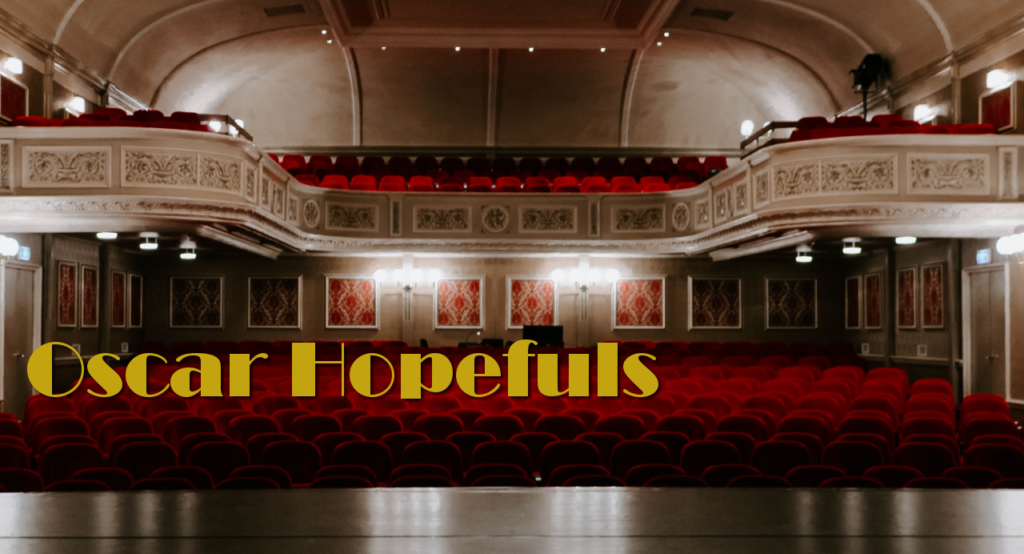


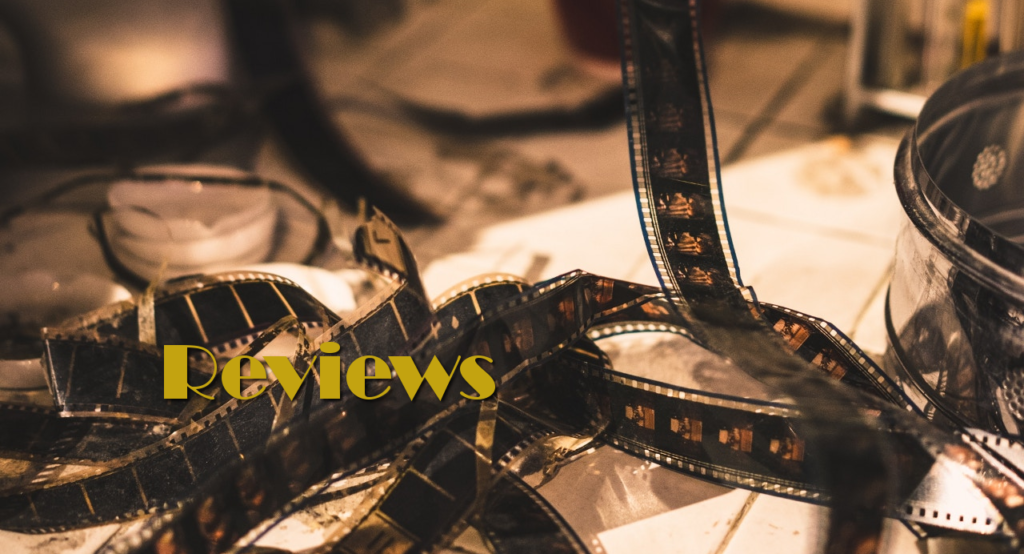
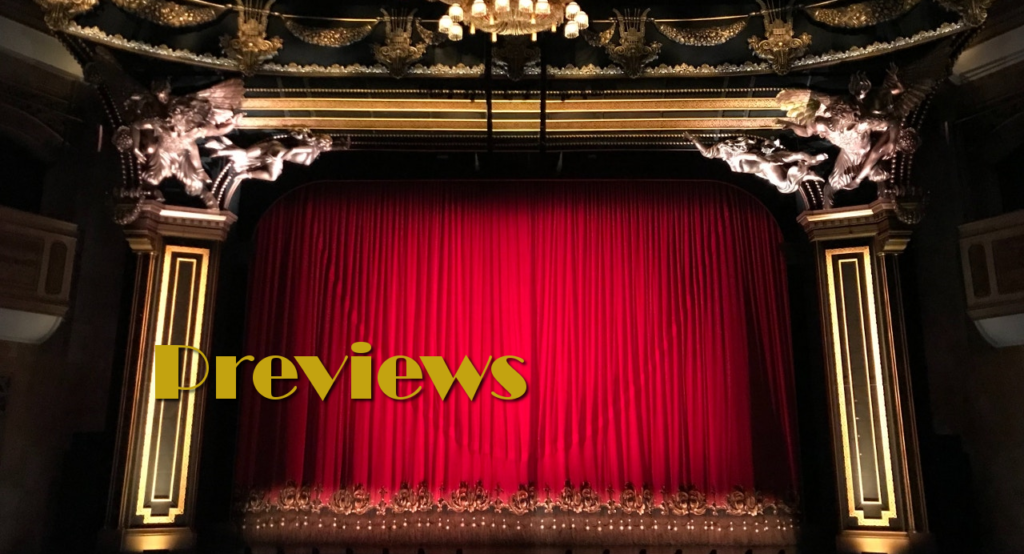








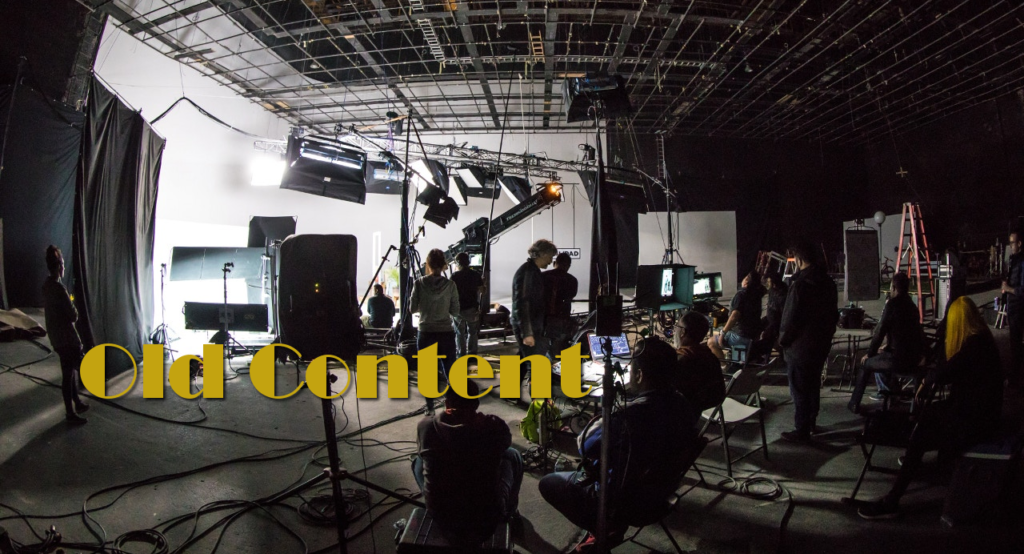
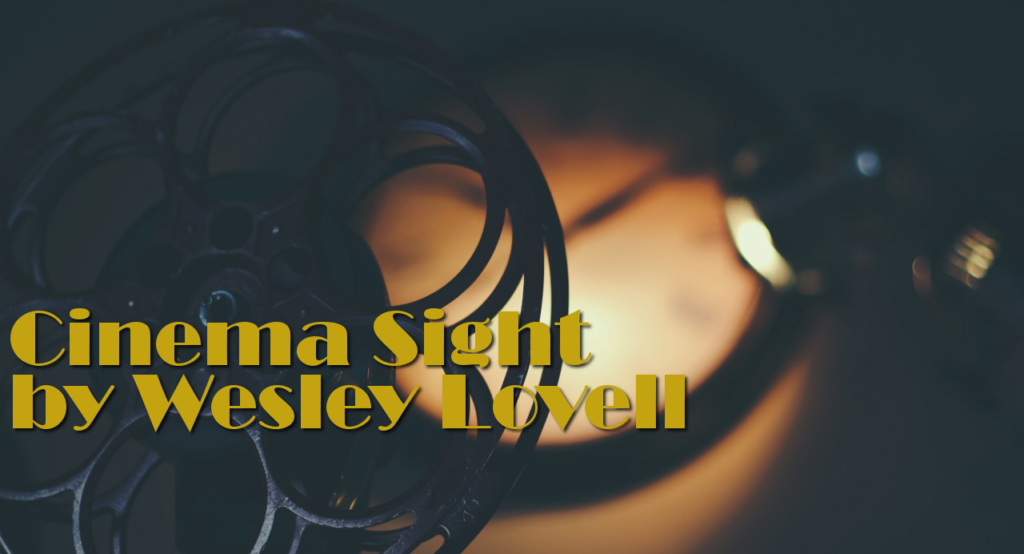


Leave a Reply
You must be logged in to post a comment.